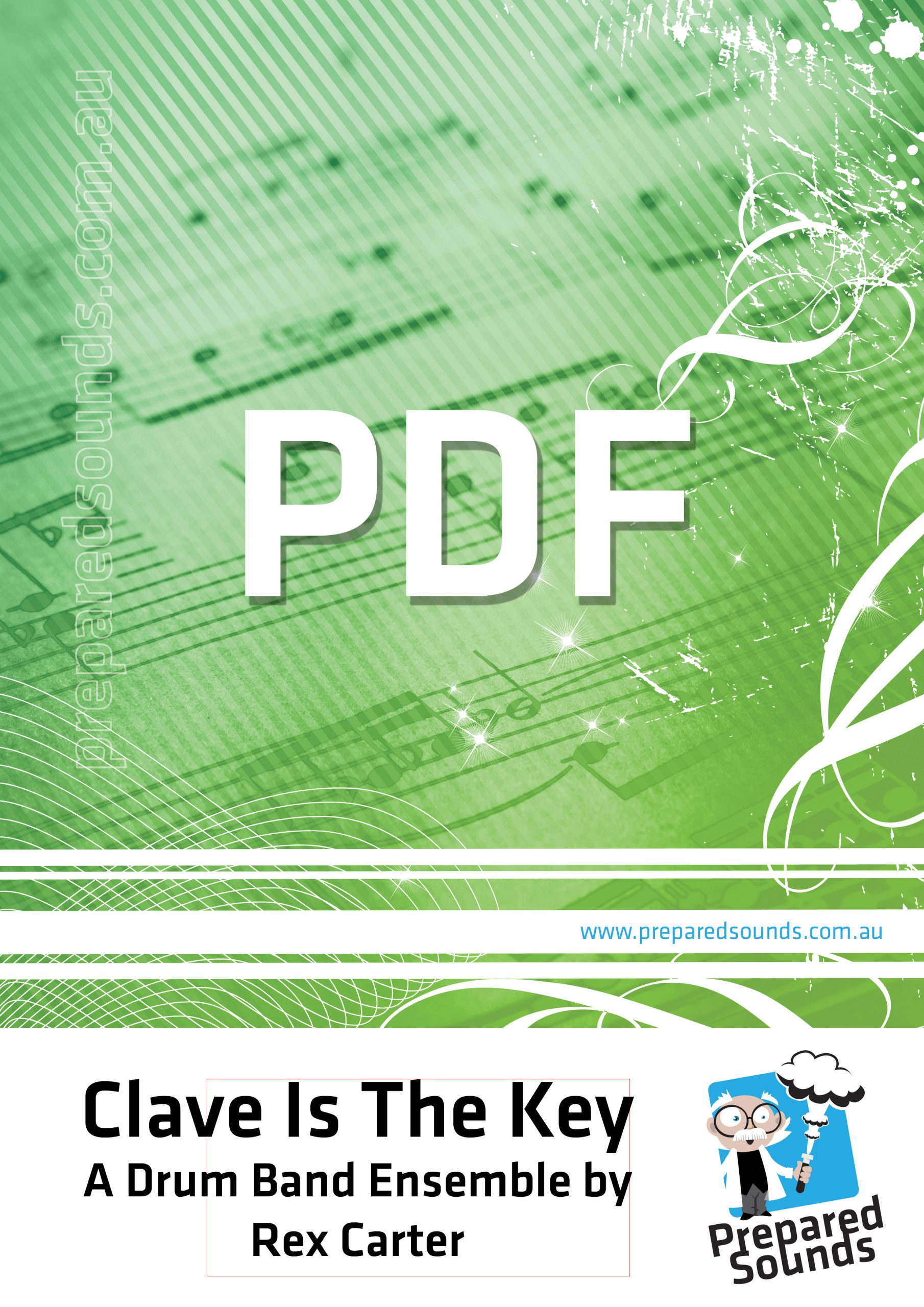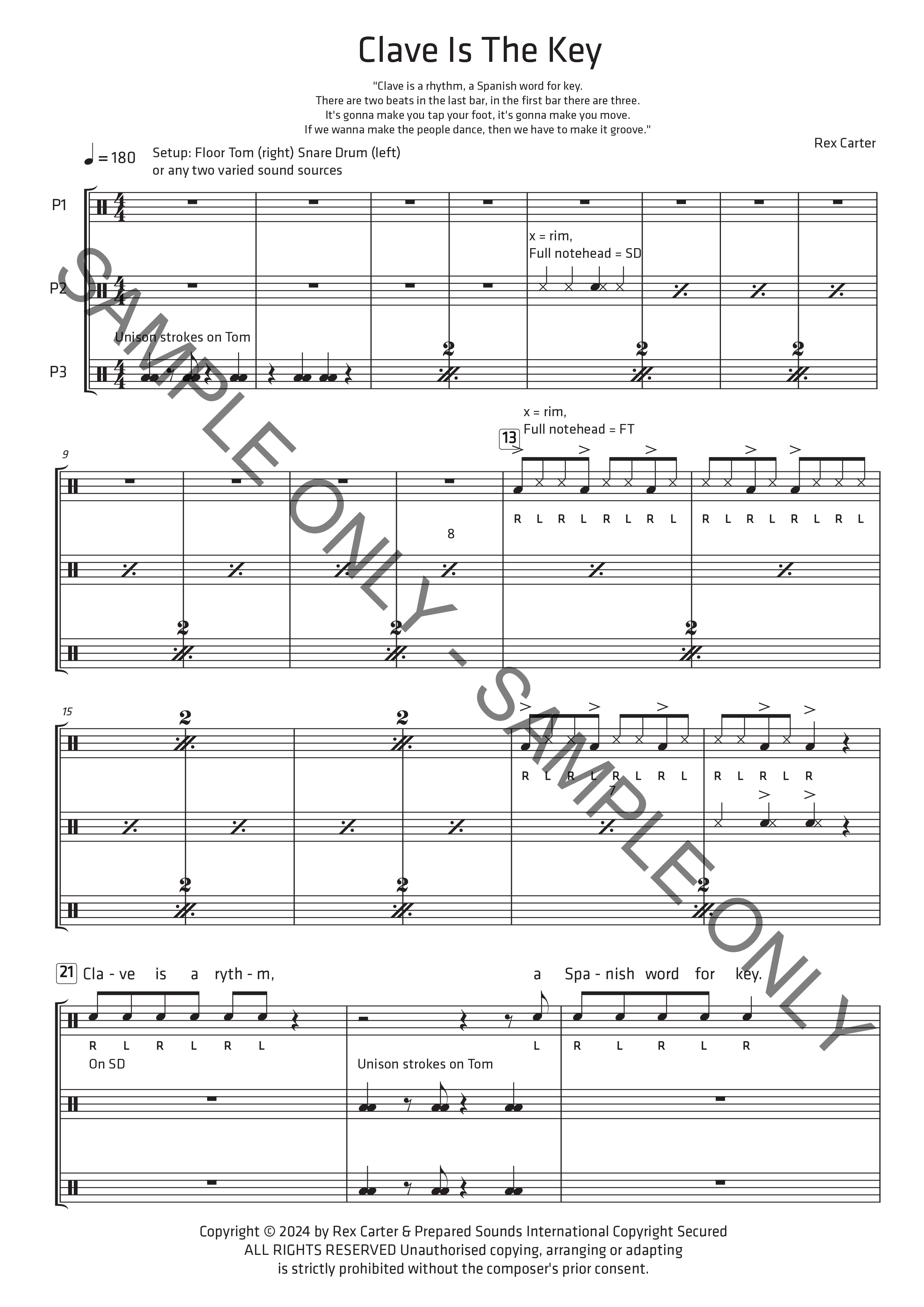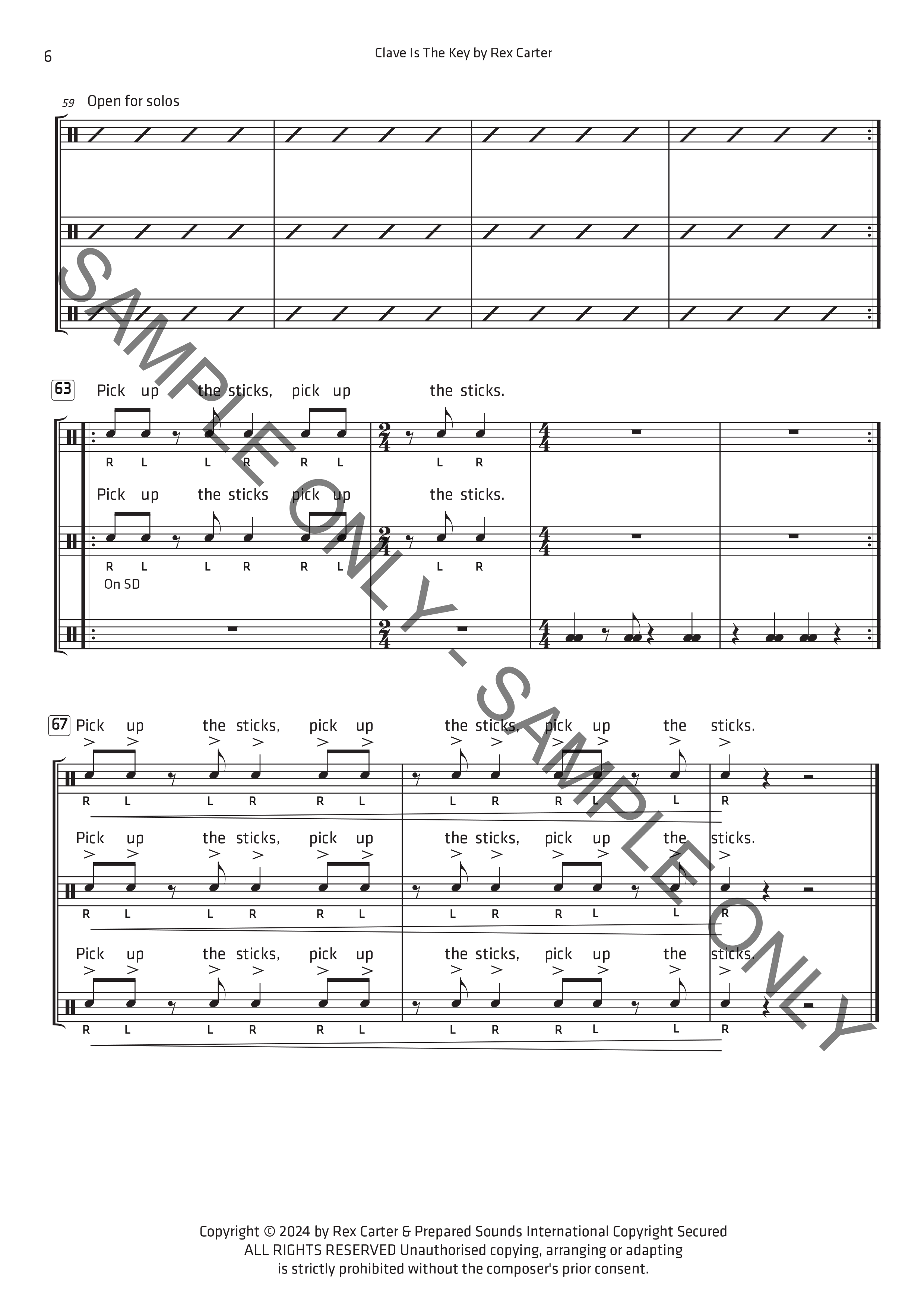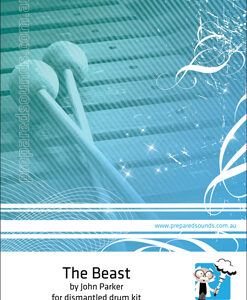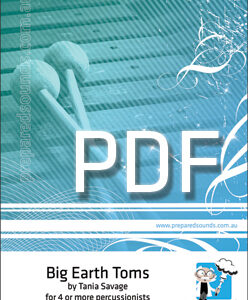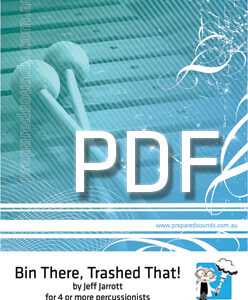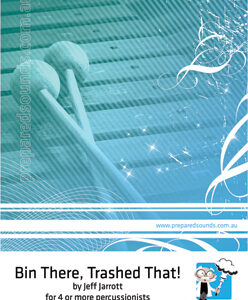Clave Is The Key PDF
Clave Is The Key by Rex Carter
This piece incorporates the 3:2 Son Clave Rhythm, accented quavers and phrases from the accompanying verse.
Played on snare drums and floor toms (or any high-pitched and low-pitched percussion instruments), alternating in a line, it includes ‘call and response’ sections and an 8-bar repeat which is open for solos.
It has three parts with different degrees of difficulty.
The most challenging part includes playing phrases from the accompanying verse and quavers between the toms and the rim of the snare, accenting the tom hits to make the clavé rhythm.
The easiest part plays the clavé rhythm with both hands together on the floor tom.
It can be played with as many drummers as you have drums for or on any 2 sound sources such as plastic buckets.
“Clave is a rhythm, a Spanish word for key.
There are two beats in the last bar, in the first bar there are three.
It’s gonna make you tap your foot, it’s gonna make you move.
If we wanna make the people dance, then we have to make it groove.”
$10.00
Clave Is The Key – for 3 or more percussionists
Available in PDF form
Drum Band Ensembles
These percussion ensemble pieces are designed for young, beginner percussionists.
They will foster enthusiasm for the instrument, motivate them to practice and develop their time and listening skills.
Using snare drums and floor toms, (or any two sound sources) arranged alternately in a line, they incorporate basic drum rudiments, rhythmic notation, concepts and terminology.
They also use rhymes to help young students to understand, remember and play rhythmic phrases correctly.
Often a school band will have several percussionists but only 1 kit part.
These pieces have parts with varying degrees of difficulty to accommodate players of different skill levels and offer all the percussionists the opportunity to perform together as an ensemble.
Clave Is The Key
This piece incorporates the 3:2 Son Clave Rhythm, accented quavers and phrases from the accompanying verse.
Played on snare drums and floor toms (or any high-pitched and low-pitched percussion instruments), alternating in a line, it includes ‘call and response’ sections and an 8-bar repeat which is open for solos.
It has three parts with different degrees of difficulty.
The most challenging part includes playing phrases from the accompanying verse and quavers between the toms and the rim of the snare, accenting the tom hits to make the clavé rhythm.
The easiest part plays the clavé rhythm with both hands together on the floor tom.
It can be played with as many drummers as you have drums for or on any 2 sound sources such as plastic buckets.
“Clave is a rhythm, a Spanish word for key.
There are two beats in the last bar, in the first bar there are three.
It’s gonna make you tap your foot, it’s gonna make you move.
If we wanna make the people dance, then we have to make it groove.”
Rex Carter – Drummer and Educator.
Rex Carter has been playing drums professionally for 50 years and still performs regularly in a variety of bands across multiple genres in the Northern Rivers region of NSW, Australia.
Rex has been teaching drums for 30 years, a journey that began unexpectedly when he was approached at a gig by a parent who asked if he would tutor their child.
Since moving to Byron Bay in 2006 Rex has been on the faculty at The Northern Rivers Conservatorium in Lismore, NSW. He is a popular tutor with a full schedule of lessons.
A self-taught musician, Rex has an innovative approach to teaching drums, particularly his use of nursery rhymes and other phrases to help young students read rhythmic notation and remember rhythms. Rex wrote these percussion pieces, that connect familiar phrases to notated drum patterns, to create performance opportunities for young drummers and encourage participation. They are accessible to students of all levels and are fun. They improve listening skills, timing and technique and will motivate students to practice.

